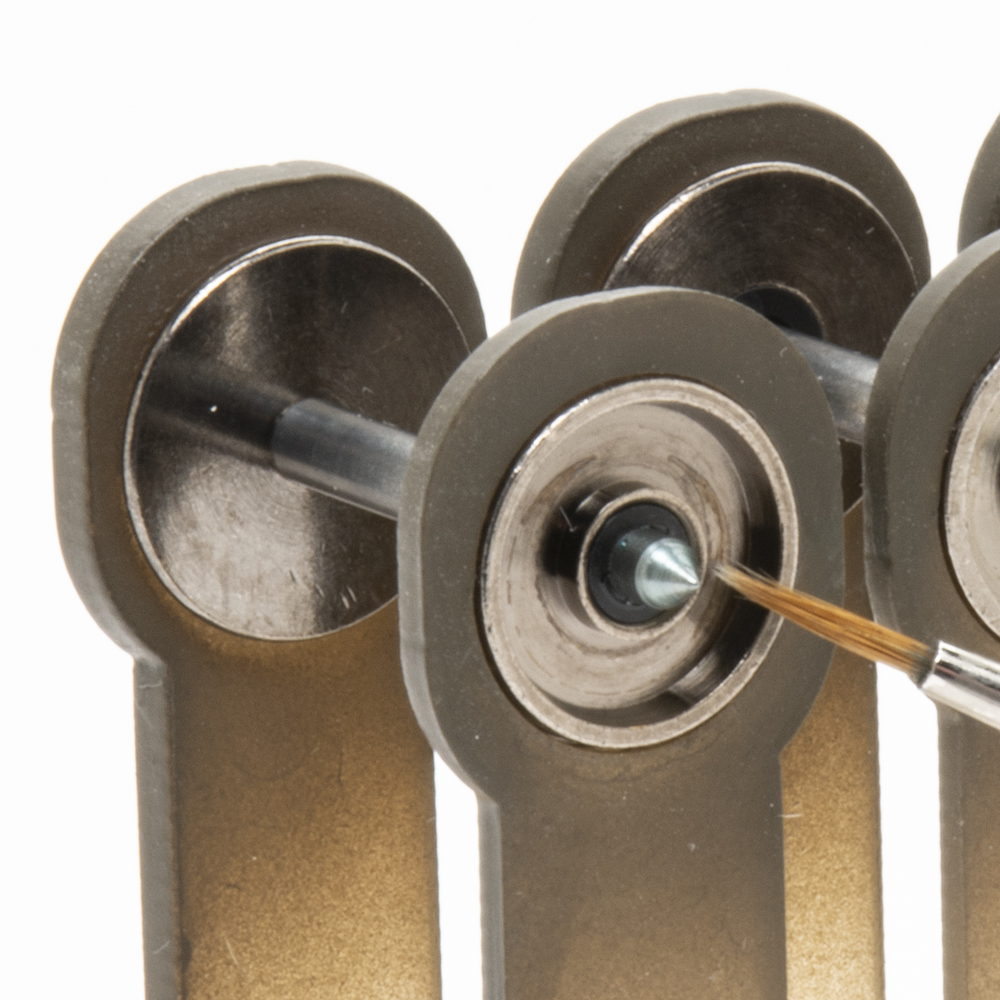
Q: I’ve seen a few Model Railroader articles on painting and weathering that reference liquid mask. How does the product work, and where can I find it? — Michael M. A: Liquid mask is a product that’s applied with a brush to keep paint off of areas that would be hard to cover using traditional masking […]
Read More…
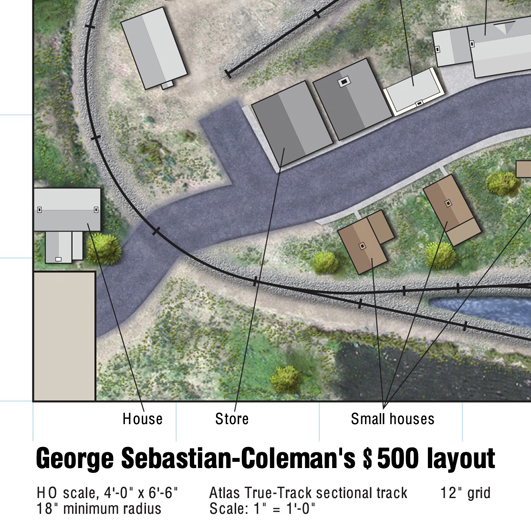
Q: I have two oval tracks, one inside the other, on a piece of 4 x 8 plywood. Just running a train around each track is boring. My funds are very limited. Do you have any suggestions as to how to make this more fun? — Elaine King A: Since space is at a premium […]
Read More…
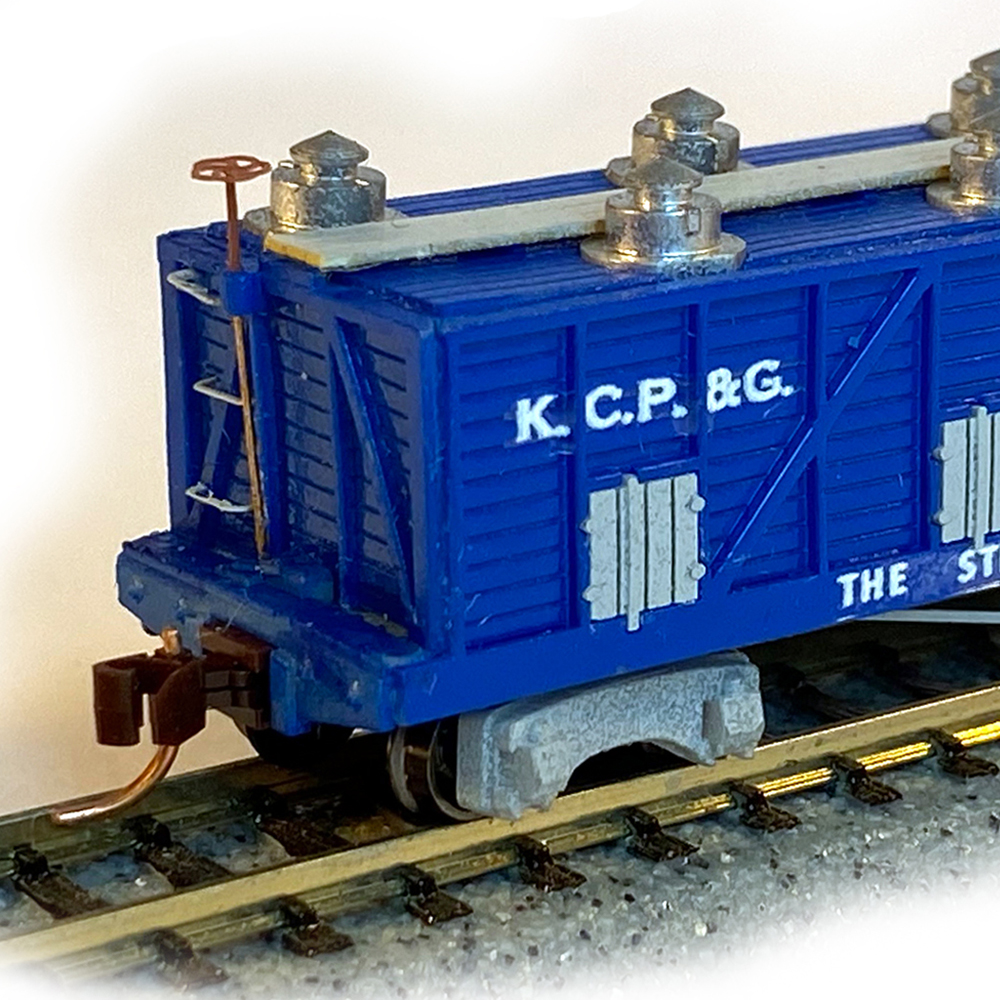
Q: I was wondering if you could provide me with information on what kind of loads an oyster cannery sends and receives? — Markus Russ A: I cast the net wide (pun fully intended) to help answer your question. I started internally. Trains magazine Associate Editor Bob Lettenberger wrote “Five mind-blowing facts — Stilwell Oyster […]
Read More…
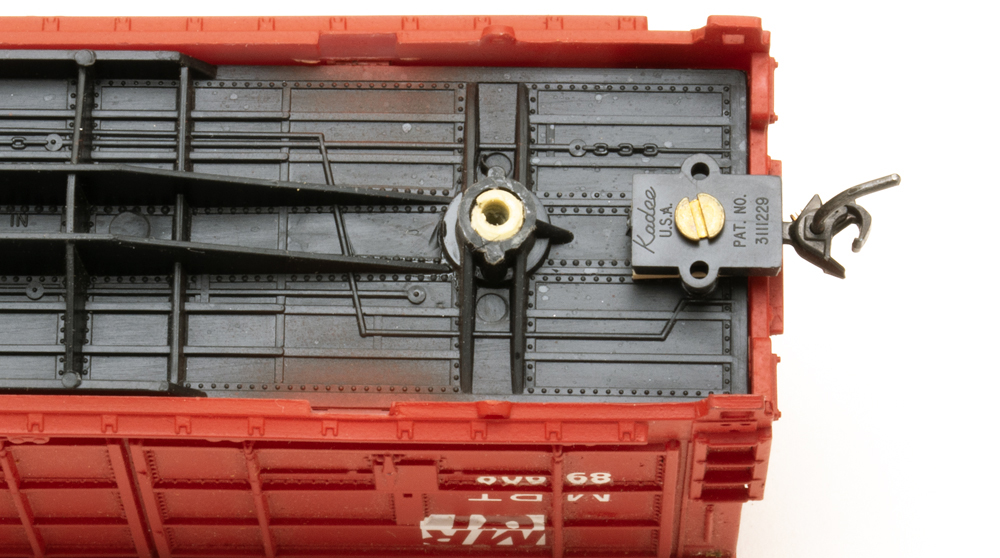
Q: Was there ever an article on converting old railcars to accept modern trucks and couplers? I have a few HO Tyco cars that need to be converted. — Jason Trew A: Jim Kelly and Andy Sperandeo co-authored “Kadee couplers” in the May 1981 issue of Model Railroader. The article covered both N and HO […]
Read More…
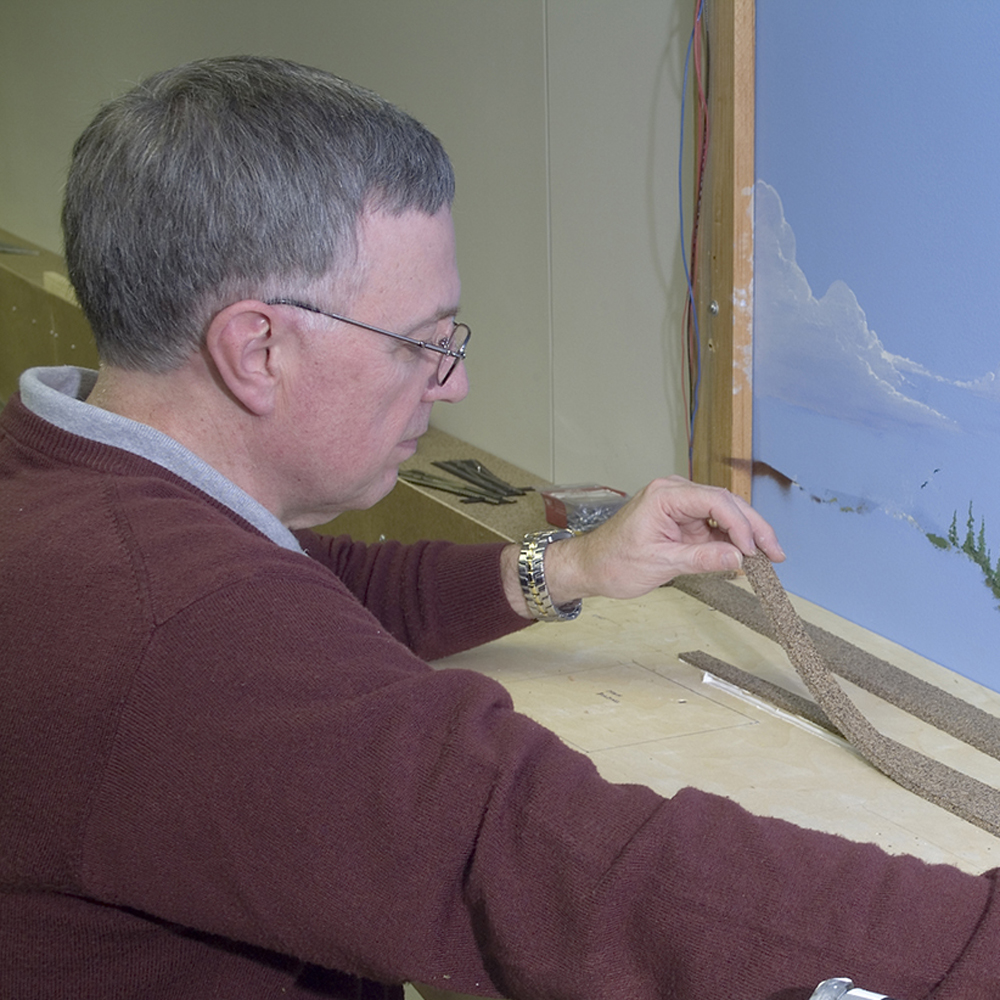
Q: What is the best adhesive to use for attaching cork roadbed to wood or extruded-foam insulation board? — Ronald Jaeger A: In Basic Trackwork for Model Railroaders — Second Edition (Kalmbach Books, 2014), Jeff Wilson wrote, “Cork can be nailed in place, but glue is a much neater option. I prefer white glue for […]
Read More…
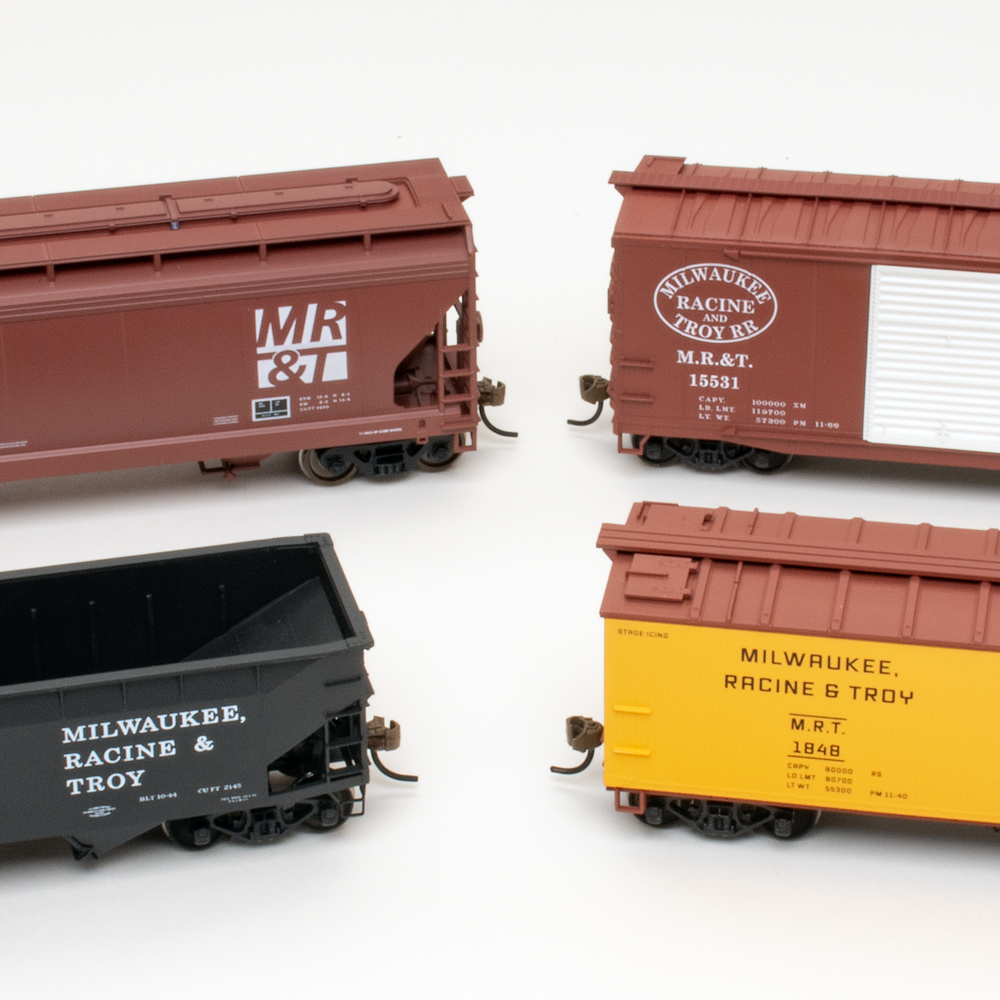
Q: In the November Ask Trains video, you were standing in front of a display case filled with Milwaukee, Racine & Troy freight cars. Some featured the familiar square MR&T herald. Other models looked to be from an earlier era. What can you tell me about those cars? — Bert G. A: Alan Cerney, an […]
Read More…
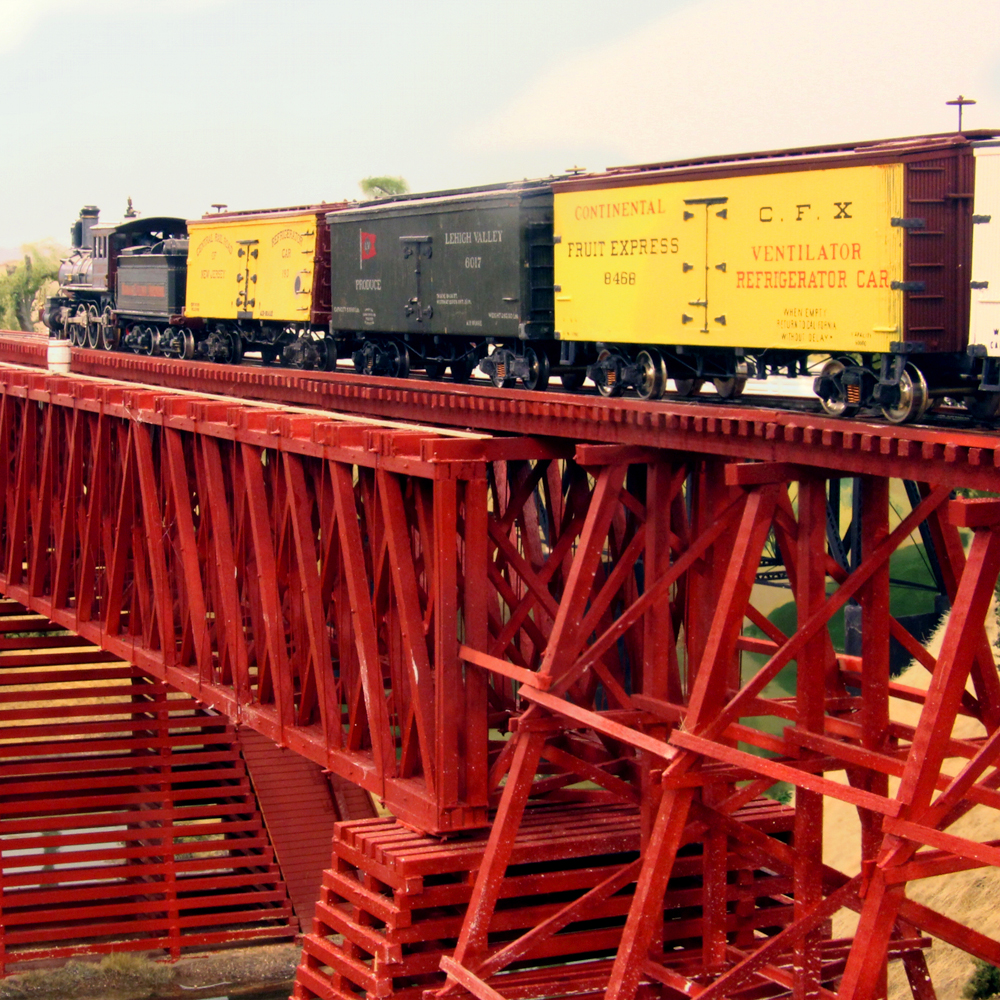
Q: Many of Model Railroader’s articles, reviews, and advertisements focus on products representing the “modern” era, say the 1940s to the present. That’s OK, and much of your audience obviously enjoys modeling contemporary railroading. However, I’m interested in modeling the railroad industry as it was in the 19th century. Can you suggest the names of […]
Read More…
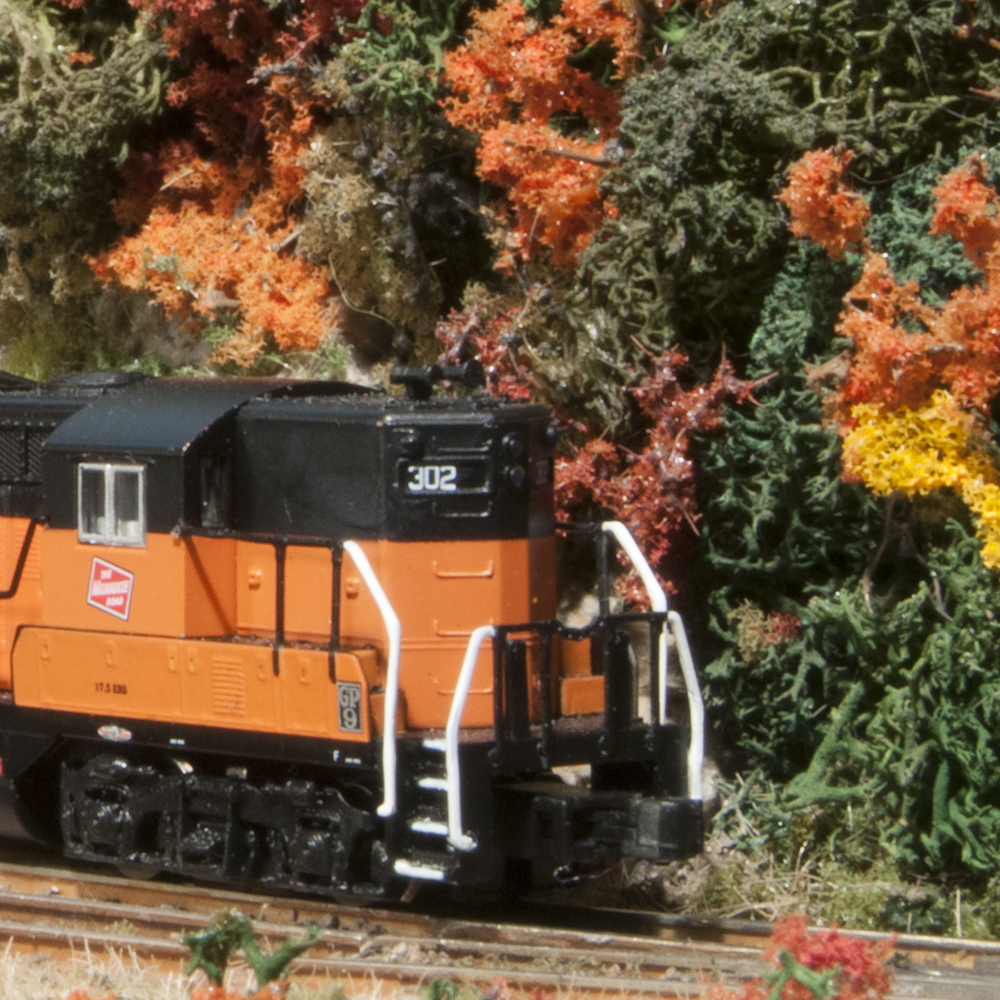
Q: I have a question regarding using lichen to simulate vegetation on a layout. My basement is clean but unfinished, so the wood floor joists overhead and the concrete walls are all visible. The basement isn’t particularly humid, but it isn’t climate controlled either. There are the occasional spiders and cobwebs, as is normal in […]
Read More…
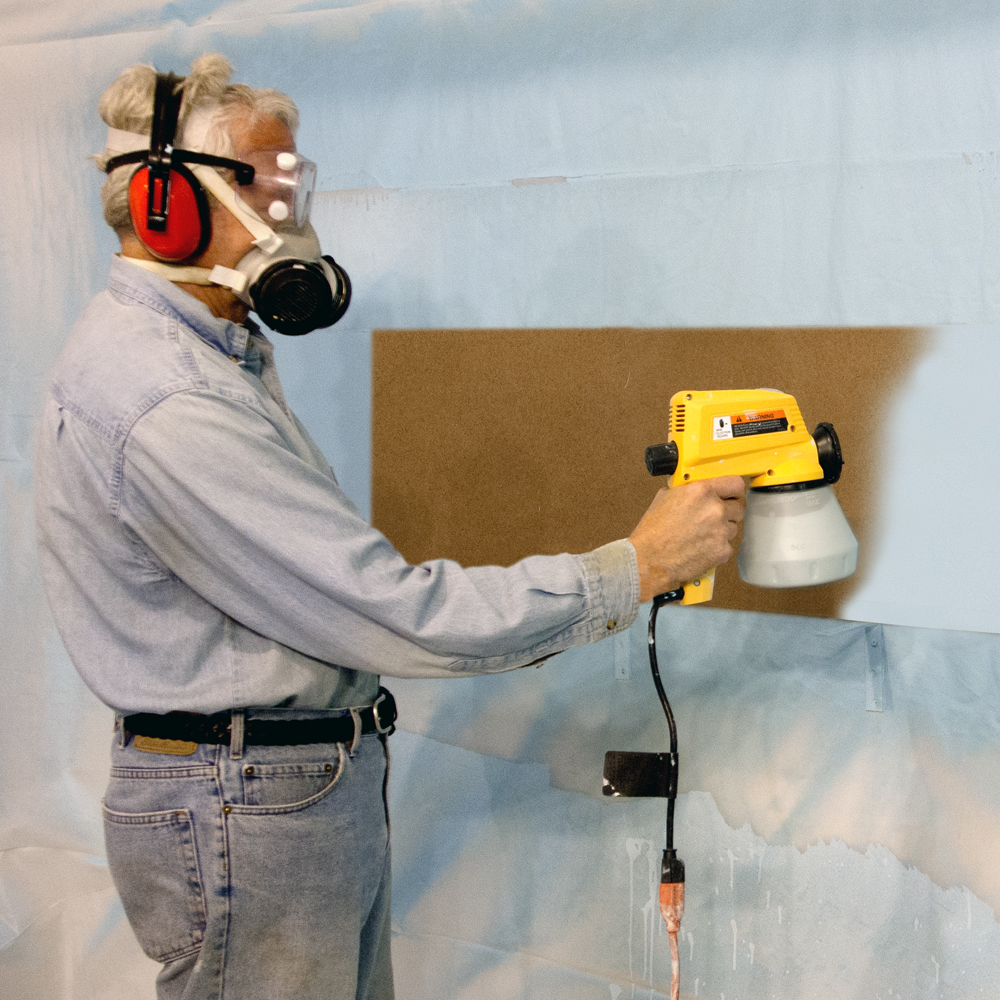
Q: My light blue-gray walls look fine to the naked eye, but not so good in photos. Are there some tried and true formulas for the major paint brands that are a reliable “sky blue” for model railroad backgrounds? — David Provost A: Model railroaders have long asked “What color is sky blue?” when painting […]
Read More…
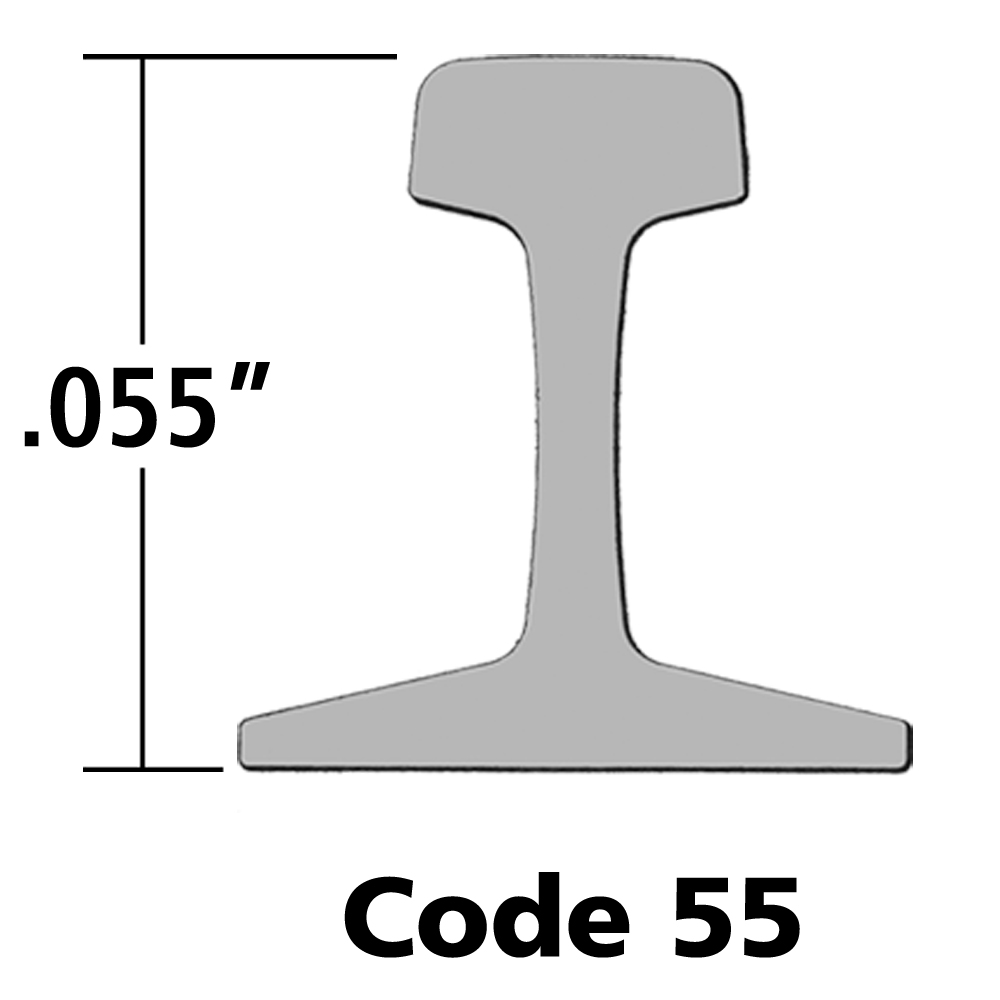
Q: I will be starting my first model railroad soon, a small N scale layout. I want to use code 55 track, but I’ve read mixed reviews about it. Do you have any suggestions, or should I stick with code 80 track? — Damien Bouchey A: When shopping for N scale track, you’ll see it […]
Read More…
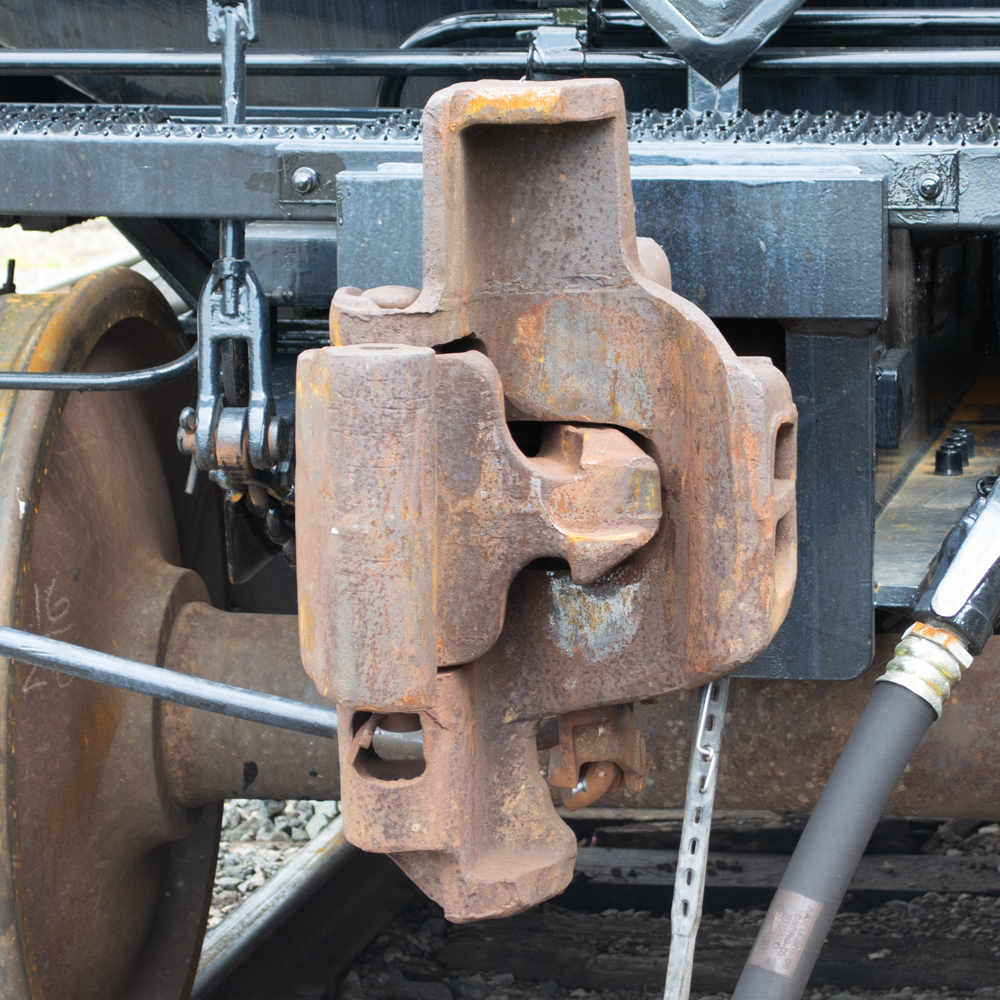
Q: I would like to know where to buy double-shelf couplers for HO scale tank cars. — Joseph Kuepfer A: Before we look at what’s available in HO scale, let’s back up a step and learn what double-shelf couplers are. In his article “HO knuckle coupler guide” from the November 2007 Model Railroader, former Senior […]
Read More…
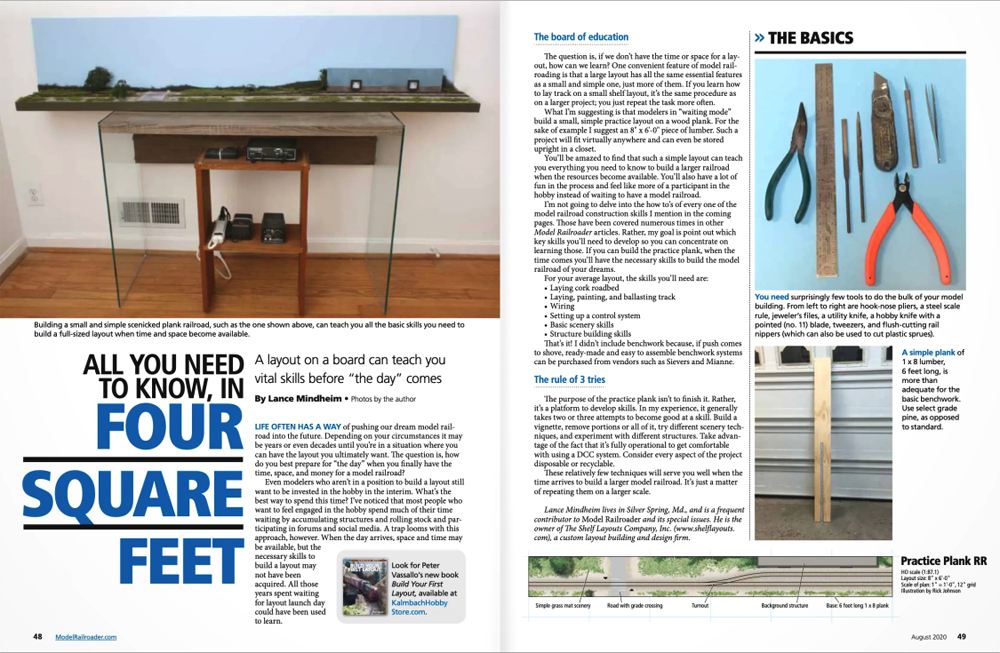
Q: I recall an article from a few years back that was about setting up a minimalist layout set on a bookshelf or board. It was intended as a quick and easy way to get started in the hobby, especially for those who don’t have a lot of space. I believe it used an NCE […]
Read More…












